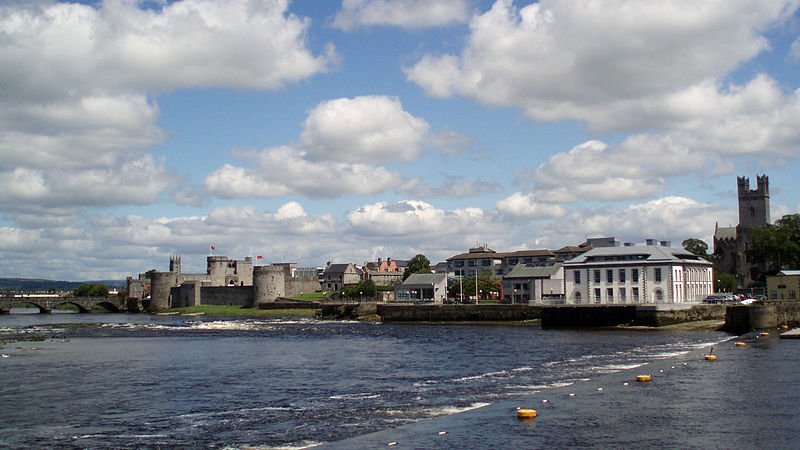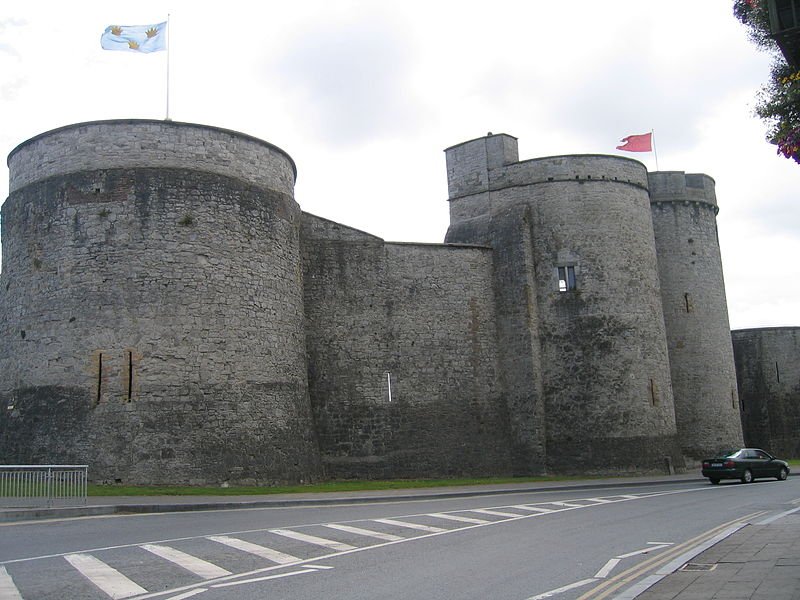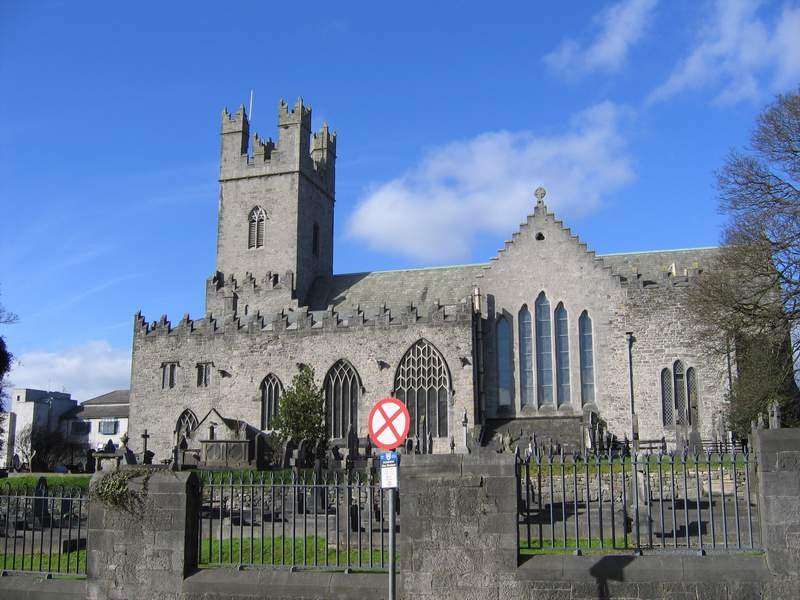 View of River Shannon in Limerick, Ireland
View of River Shannon in Limerick, IrelandSource: https://commons.wikimedia.org/wiki/File:Limerick_-_Shannon_River_cropped.jpg
Author: Santiperez

Limerick, in mid-western Ireland, is the third largest city in the country. Located on the estuary of the River Shannon, and includes some of the islands in the river, Limerick covers 51.3 sq km (19.8 sq mi) and has a population of 57,000.
Limerick began as a settlement founded by the Vikings, and grew larger under the Anglo-Normans. It was here in 1690s that fierce fighting took place between troops supporting the Catholic King James II against the Protestant King William of Orange (also known as William III of England), culminating with the heroic defeat of the Jacobite army to the Williamite army.
 St John's Castle, Limerick
St John's Castle, LimerickSource: https://commons.wikimedia.org/wiki/File:King_John%27s_Castle_in_Limerick_(7).jpg
Author: Nils E.

Limerick was a small village until the late 18th century, when it began to prosper from an increase in trade. However the Act of Union of 1800 placed the town at a disadvantage to those in Great Britain. This, along with the terrible Great Irish Famine of 1845 to 1852 brought an end to economic growth to Limerick that last until the late 20th century, when it entered another phase of rapid growth, remembered as the Celtic Tiger period.
The influences left behind by the Vikings, the English (Anglo-Normans) and the Irish themselves can still be seen in modern-day Limerick, in its three historic districts, known respectively as King's Island, Englishtown and Irishtown.
 St Mary's Cathedral, Limerick
St Mary's Cathedral, LimerickSource: https://commons.wikimedia.org/wiki/File:Limerick2.jpg
Author: FreeBird

Visiting Limerick
Shannon Airport, located 25 km from Limerick, receives flights from various cities in Ireland and within Europe as well as from New York City, Newark and Chicago. You can also get to Limerick by train from Dublin, Belfast, Cork and other cities in Ireland.Places of Interest in Limerick
- Hunt Museum
Museum occupying the Old Custom House today showcases one of the biggest collections of antiquities in Ireland. They were gathered by archaeologist John Hunt. - King John's Castle
An imposing 13th century castle that is today open to the public. An audio-visual presentation is available on the history of the castle. - Limerick Museum
Museum that provides information on the history of the city, housed in a 19th century granary. - St Mary's Cathedral
The oldest building in Limerick, first built in 1172, though most of what is visible today dates from the 16th century onwards.
 Latest updates on Penang Travel Tips
Latest updates on Penang Travel Tips

Copyright © 2003-2025 Timothy Tye. All Rights Reserved.

 Go Back
Go Back